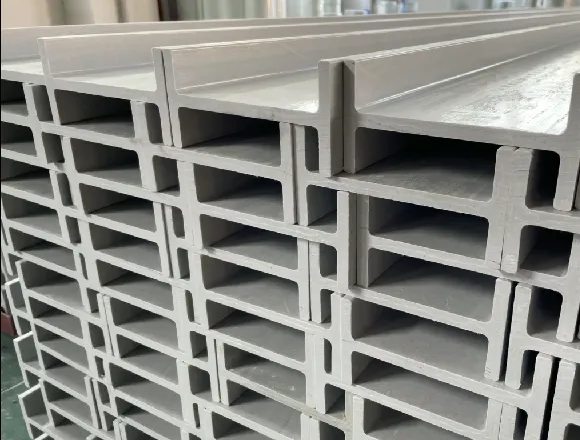loading...
- No. 9, Xingyuan South Street, Dongwaihuan Road, Zaoqiang County, Hengshui, Hebei, China
- admin@zjcomposites.com
- +86 15097380338
- Welcome to visit our website!
frp steel structure
The Advantages of FRP Steel Structures in Modern Construction
Fiber Reinforced Polymer (FRP) composites have emerged as a significant advancement in engineering materials, particularly in the realm of steel structures. Their integration into construction has revolutionized how we approach structural integrity, durability, and efficiency. This article explores the benefits of using FRP in steel structures, focusing on its structural performance, weight reduction, and corrosion resistance.
The Advantages of FRP Steel Structures in Modern Construction
Corrosion resistance is another significant benefit of incorporating FRP into steel structures. Traditional steel is susceptible to corrosion when exposed to moisture, chemicals, and environmental elements, which can lead to structural damage and increased maintenance costs over time. However, FRP is inherently resistant to corrosion, which enhances the longevity of structures where it's used. This feature is particularly advantageous in coastal areas or industrial environments where exposure to corrosive substances is common.
frp steel structure

Moreover, the use of FRP in steel structures also promotes sustainability. With the construction industry facing increasing pressure to reduce its environmental footprint, FRP materials often provide a more eco-friendly alternative. The manufacturing processes for FRP can be more energy-efficient than traditional materials, and their longevity reduces the frequency of repairs and replacements, leading to lower overall resource consumption.
Additionally, FRP materials can be engineered with specific properties, allowing for tailored solutions based on the project's requirements. Their versatility enables architects and engineers to create complex designs that would be difficult or impossible to achieve with conventional materials, pushing the boundaries of architectural creativity.
In conclusion, the integration of FRP into steel structures signifies a leap forward in construction technology. From enhancing structural performance and reducing weight to offering corrosion resistance and promoting sustainability, the benefits of FRP are substantial. As the industry continues to evolve, it is clear that the use of FRP in steel structures will play a pivotal role in the future of modern construction, paving the way for safer, more efficient, and environmentally friendly building practices.
-
Premium FRP Handrail for All ApplicationsNewsAug.29,2025
-
Low Maintenance FRP Mini Mesh Grating ProductsNewsAug.29,2025
-
Innovative FRP Square Tubes for Modern Industrial SolutionsNewsAug.29,2025
-
FRP Water Storage Tanks Wholesale Solutions for Bulk BuyersNewsAug.29,2025
-
FRP Molded Grating Solutions for Diverse Industrial ApplicationsNewsAug.29,2025
-
Construction Advancements Through FRP Pultruded ProfilesNewsAug.29,2025
-
Why Choose FRP Railings, Guardrails, and Handrail Systems?NewsAug.29,2025
